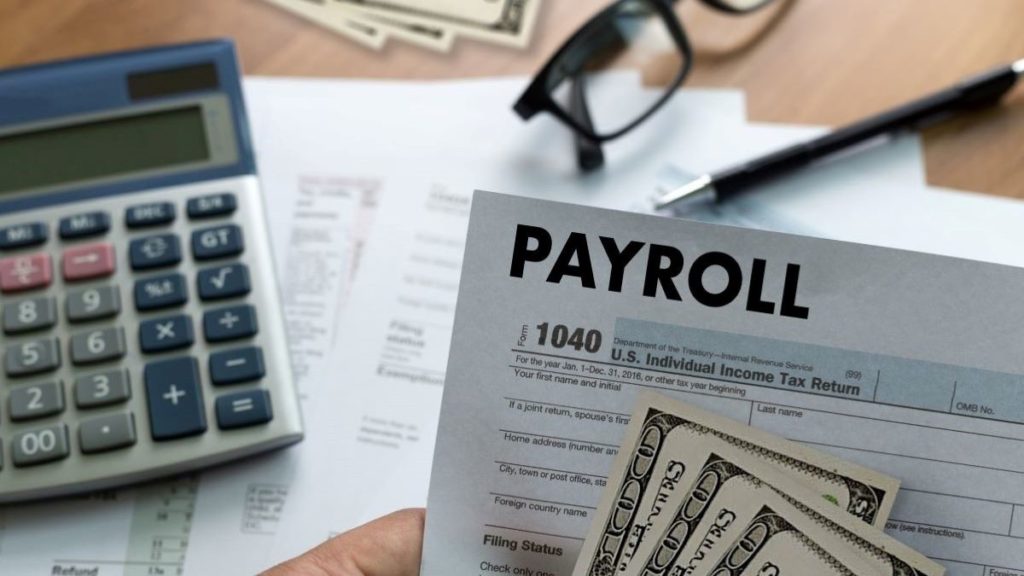Featured image by one photo on Shutterstock
Keeping an accurate payroll is one of the most dependable ways to ensure employees stay with your company. Plus, when you’ve recorded company earnings and employees’ pay correctly, you’re less likely to run into tax issues.
Maintaining a Proper Payroll
If you own a small business, you know that both the success of your company and the satisfaction of your employees ultimately fall on you. As the owner, you’re responsible for everything that happens under your business’s name—from your customers’ experiences, to profits, to ensuring your employees are paid fairly and promptly. For a small business with a tight budget, it might be a challenge to ensure these requirements are met.
Another important part of your company’s success depends on your ability to keep staff. When employees feel valued, they are much more likely to be loyal. Keeping an accurate payroll is one of the most dependable ways to ensure employees stay with the company.
But employee satisfaction is not the only thing that rises with a seamless small business payroll system. When you’ve recorded company earnings and employees’ pay correctly, you’re less likely to run into tax issues. Read on for more details.
RELATED ARTICLE: 4 MONEY-SAVING HACKS FOR YOUR SMALL BUSINESS
Payroll Processing
Many businesses opt for a payroll service or payroll software to ensure employees’ payments are calculated properly. However, smaller companies may be reluctant to invest in such software due to a limited budget. In these circumstances, business owners tend to manually calculate payroll. Unfortunately, this process can be very time-consuming, and the potential for errors is high.
To reduce the risk of errors while conducting manual payroll, you need to have each of your employees complete the necessary tax documents so that you can withhold taxes accordingly. This may include W-2 forms, W-4 forms, 1099’s and new hire forms.
Additionally, you’ll need to register for an Employer Identification Number (EIN) to use on tax documents. You’ll also need to determine pay and tax schedules before issuing paychecks and ensure you avoid any employee misclassification issues.
You can decide whether you are going to pay your workers weekly, bi-weekly, or monthly. Then you can schedule a date each year to file your taxes. Business tax deposits are usually scheduled monthly, and employer federal returns are typically done quarterly.
All of this can be difficult for even the most astute team to process. That’s why payroll software is so efficient.
Employee Tax Withholdings
If you plan to calculate tax withholdings on your own, the IRS’s website has a helpful tax withholding estimator you can use. This will help you to determine how much you need to withhold from each employee. State and local taxes need to be considered as well, as many places differ in tax requirements for businesses.
One of the most complicated parts of calculating employee income is withholding a specific sum each pay period for tax purposes. Incorrect tax calculations can lead to audits, which may include fines, fees, or other repercussions. This is one of the main reasons business owners invest in payroll services or payroll software. Simply put, these programs can help businesses avoid these issues altogether.
Conclusion
It is worth checking prices and seeking information about full-service payroll programs or self-service payroll software. A company may also opt to hire an accountant, but in most cases, this is a more expensive option than software and payroll services.
However, every company’s budget and business needs are unique. Therefore, if the budget does not allow for additional services, it’s critical that you educate yourself about your company’s specific payroll and tax requirements.

